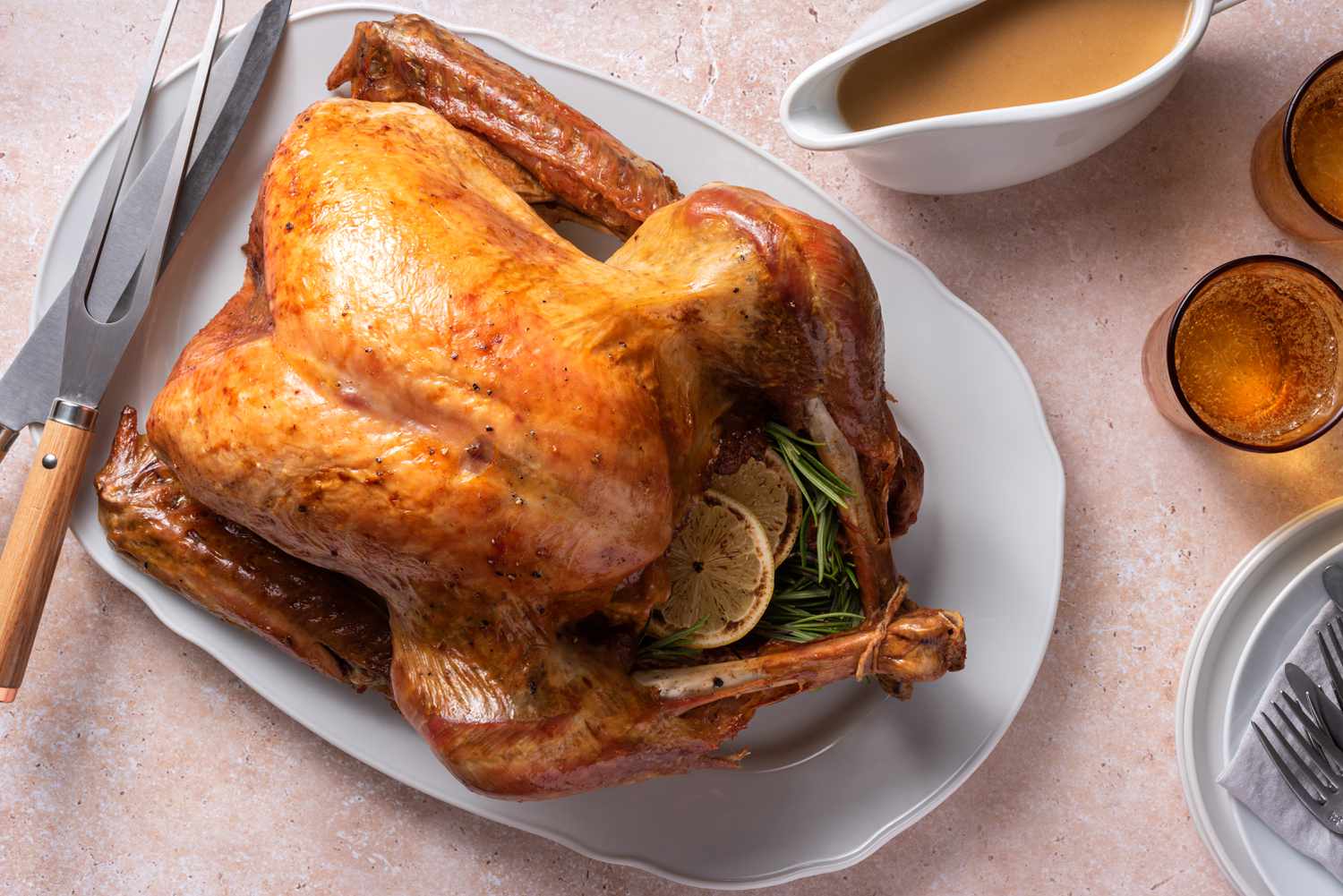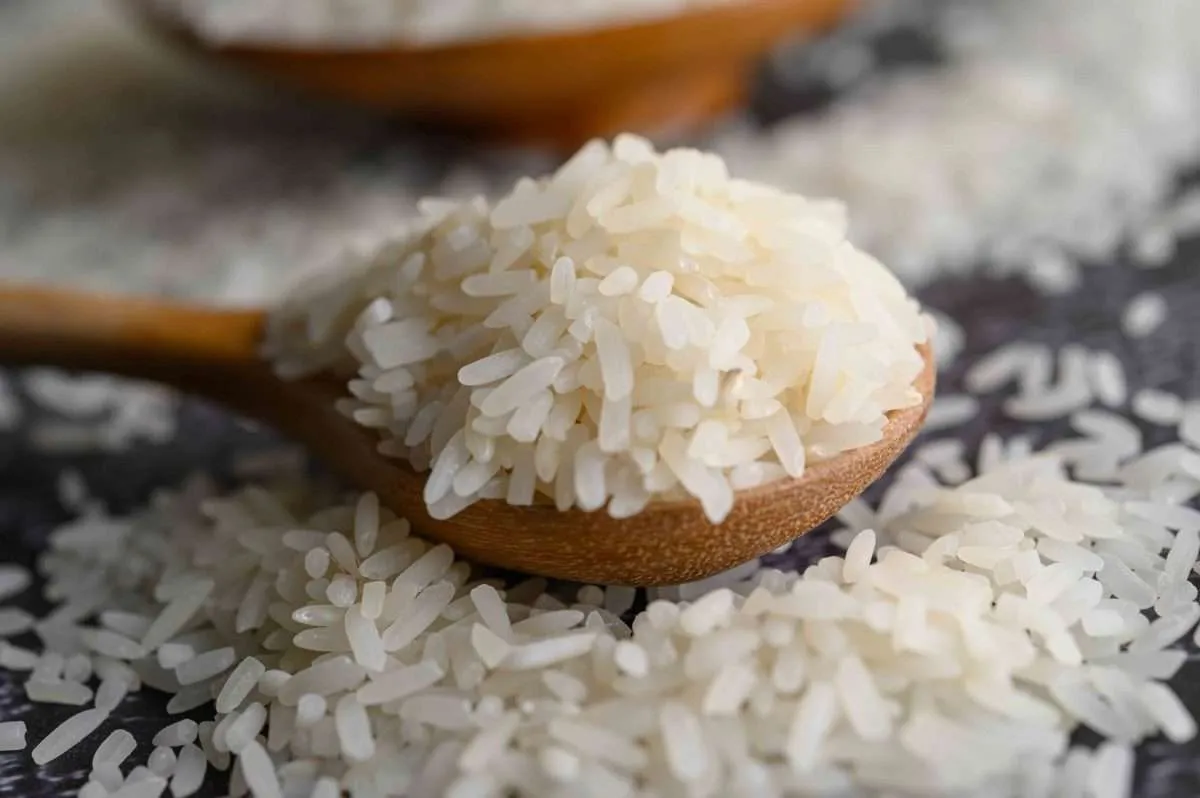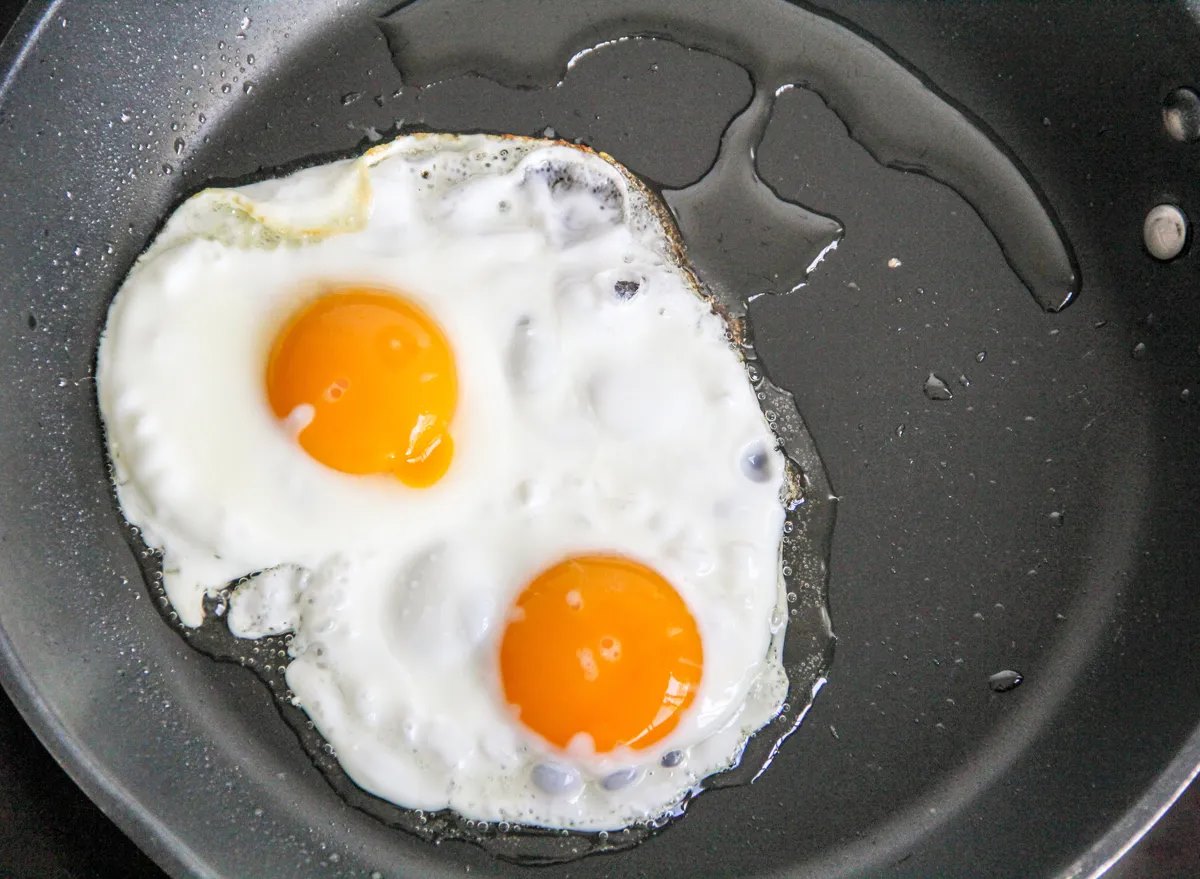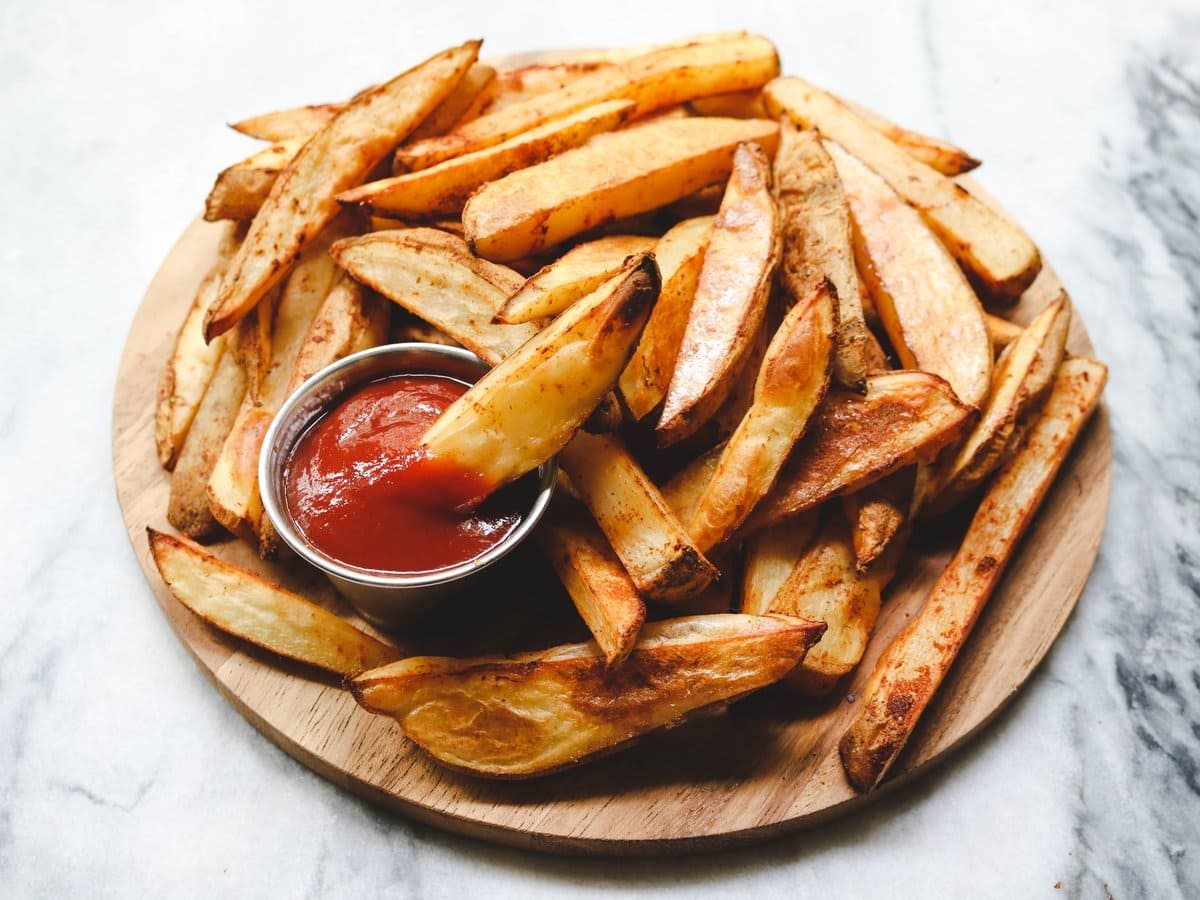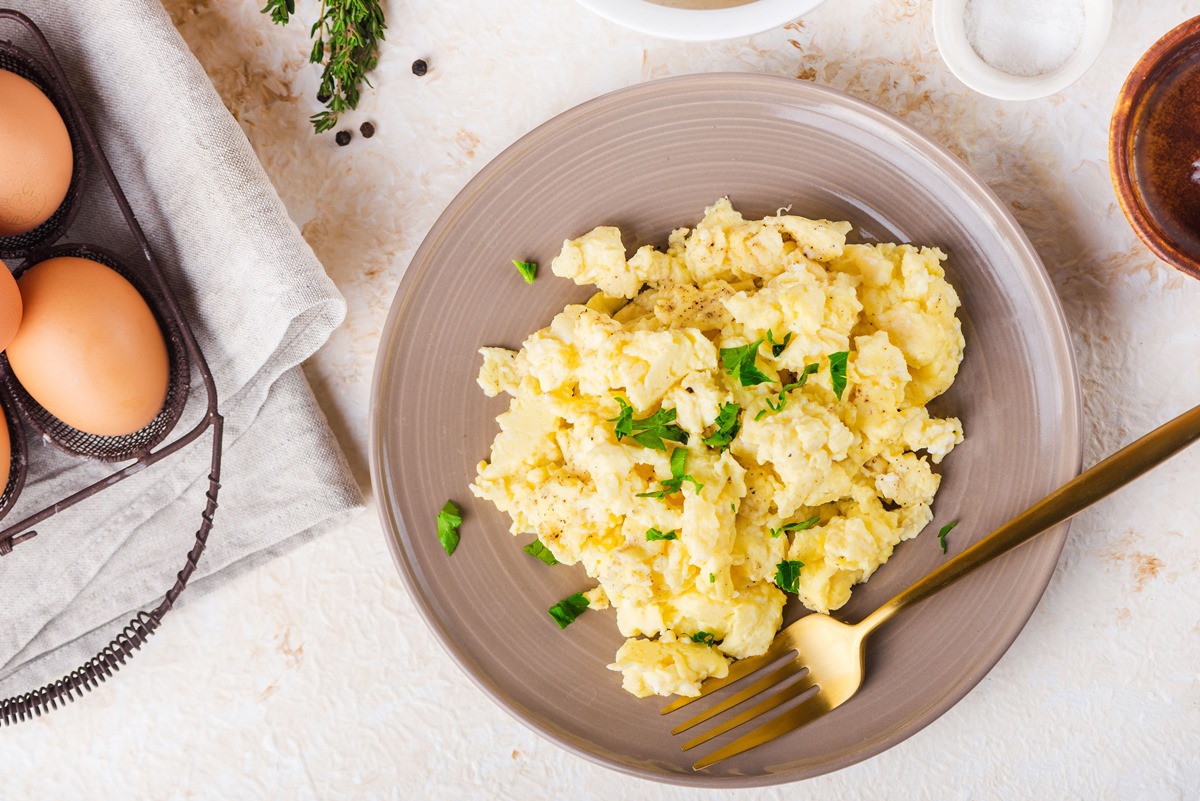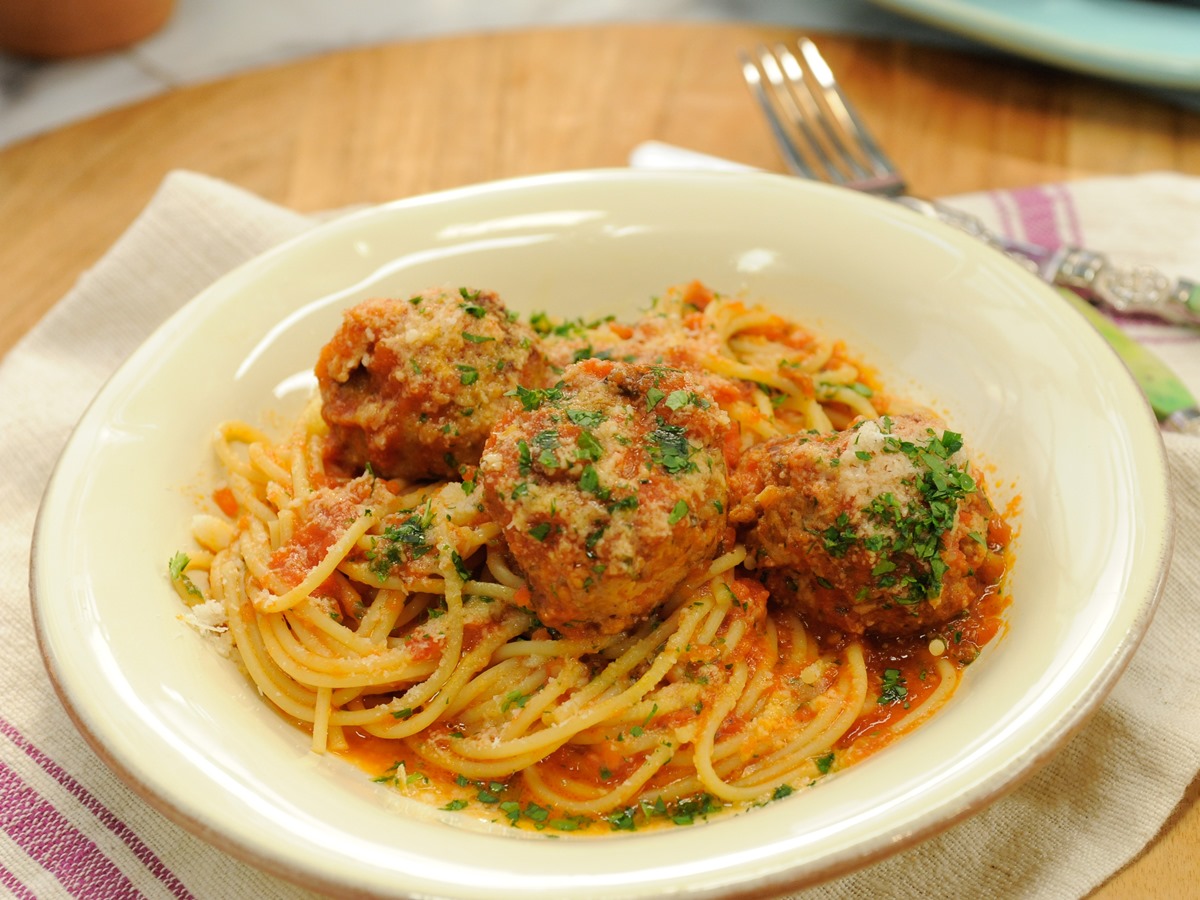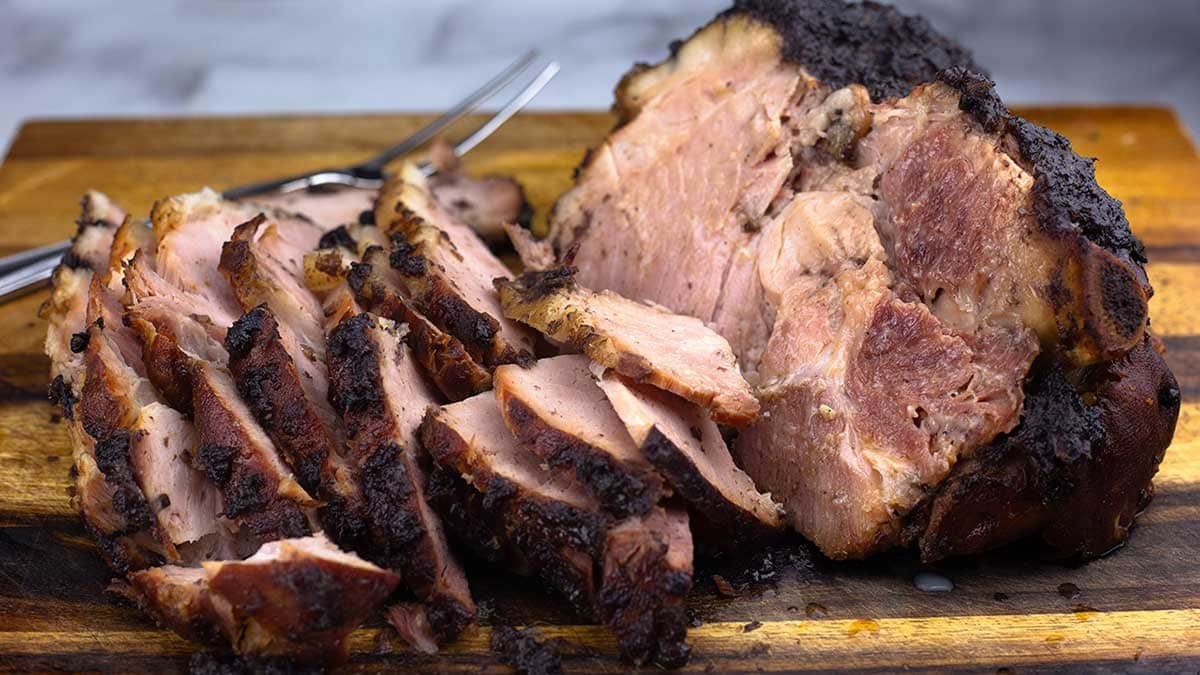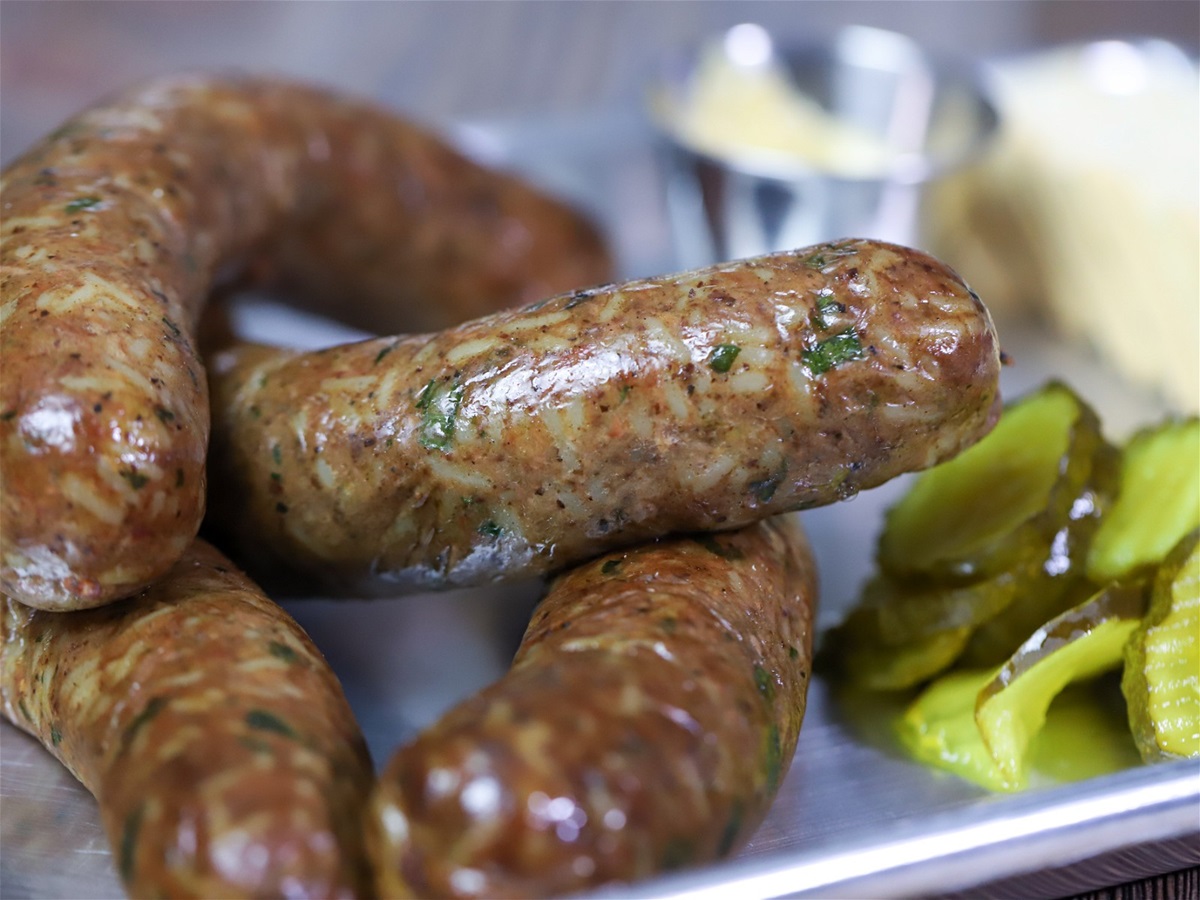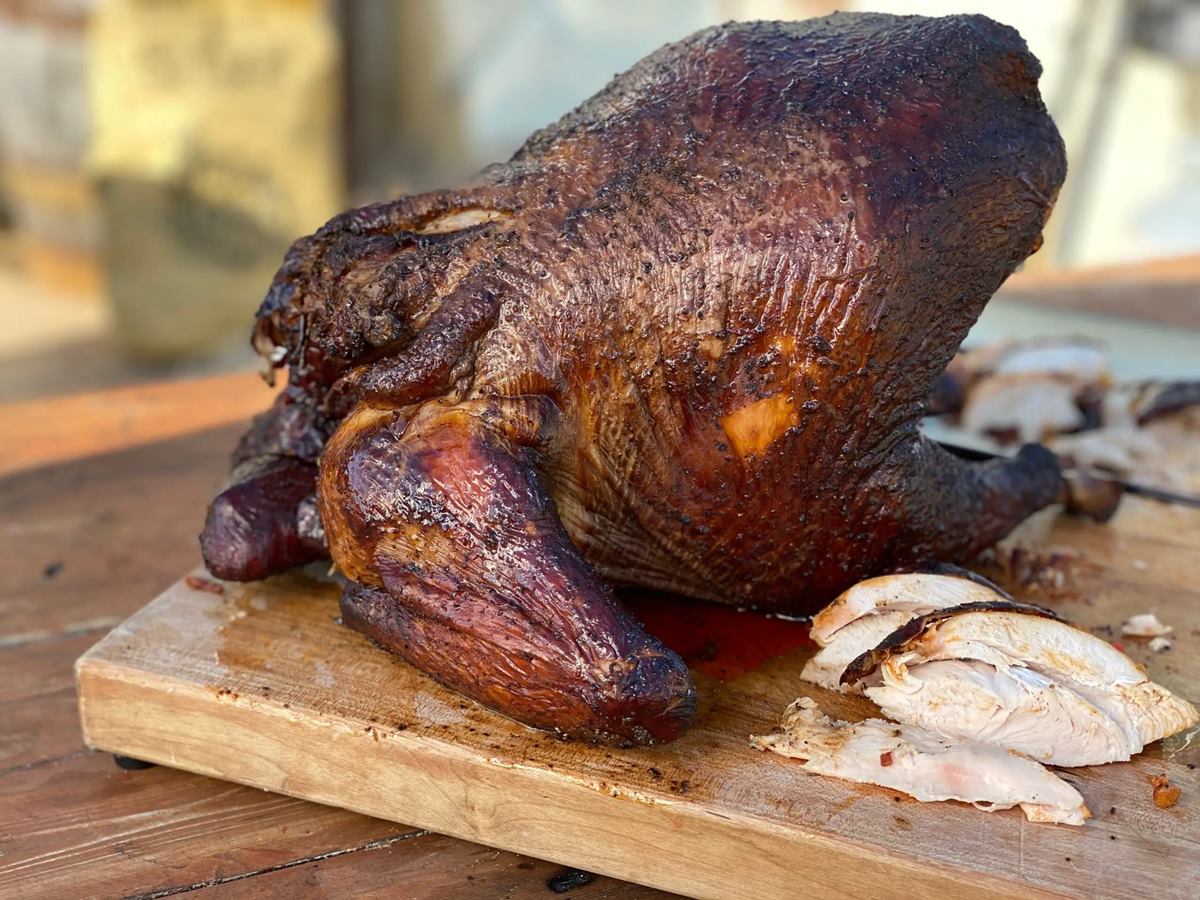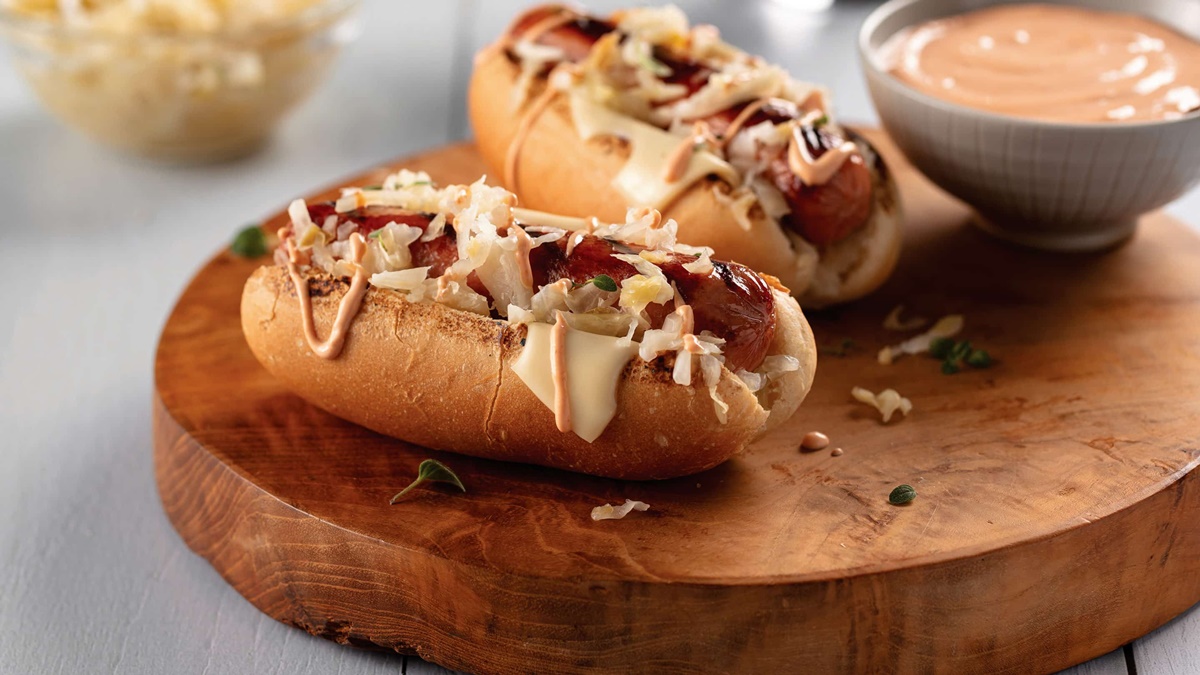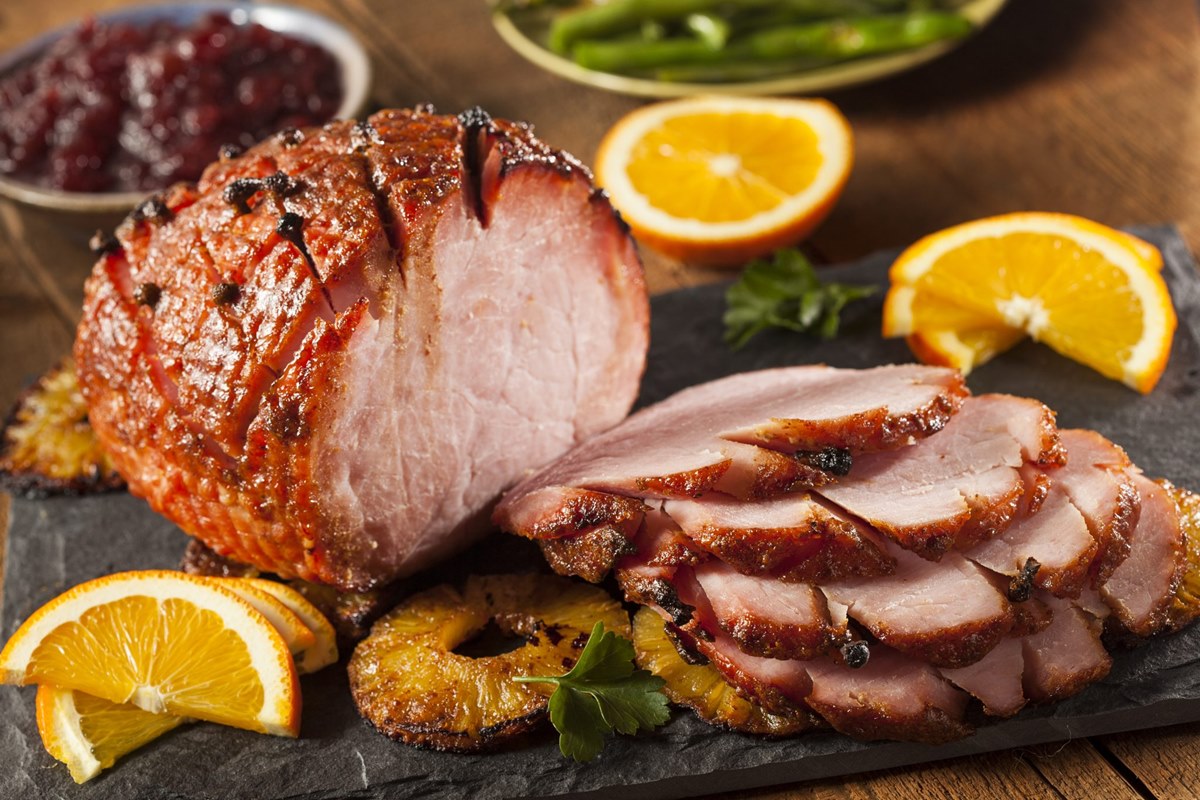Delicious Recipes and Pro Tips: Cooking Whole Shrimp with Heads On
Shrimp lovers rejoice! If you’re a seafood enthusiast, you know that cooking whole shrimp with heads on can enhance the flavor and presentation of your dish. These succulent crustaceans are packed with flavor, and their impressive appearance can elevate any meal.
Whether you’re a seasoned chef or a novice in the kitchen, we’ve got you covered. In this article, we’ll explore some mouthwatering recipes and share expert tips on how to perfect your whole shrimp cooking skills. Let’s dive in!
Recipe 1: Classic Garlic Butter Whole Shrimp
This recipe is a timeless favorite among seafood enthusiasts. The combination of garlic and butter gives the shrimp a rich, savory taste that is simply irresistible. Here’s how to prepare it:
- Start by rinsing the whole shrimp under cold water to clean them thoroughly.
- In a skillet, melt a generous amount of butter over medium heat.
- Add minced garlic and sauté until fragrant.
- Add the shrimp to the skillet and cook for about 3-4 minutes on each side, or until they turn pink and opaque.
- Season with salt, pepper, and a squeeze of fresh lemon juice, if desired.
- Serve hot and garnish with chopped parsley.
This delectable dish pairs well with rice, pasta, or a crispy baguette. Don’t forget to enjoy it with your favorite dipping sauce!
Recipe 2: Spicy Cajun Whole Shrimp Skewers
If you’re in the mood for a kick of heat, these Cajun shrimp skewers are a fantastic choice. The combination of Cajun spices and smoky flavors will transport your taste buds straight to Louisiana. Here’s how to whip them up:
- Begin by marinating the whole shrimp in a mixture of olive oil, paprika, cayenne pepper, garlic powder, and a pinch of salt.
- Let the shrimp marinate in the refrigerator for at least 30 minutes, allowing the flavors to intensify.
- Thread the shrimp onto skewers, making sure to leave space between each shrimp for even cooking.
- Preheat your grill or grill pan to medium-high heat.
- Grill the shrimp skewers for approximately 2-3 minutes per side, or until they curl up and turn pink and opaque.
- Serve hot with a side of creamy coleslaw or a zesty dipping sauce.
This vibrant and spicy dish is perfect for entertaining guests or adding a little fire to your weeknight dinner routine.
Tips for Cooking Whole Shrimp with Heads On
- Choose Fresh Shrimp: When purchasing whole shrimp, opt for those with shiny shells, a fresh smell, and firm texture.
- Don’t Overcook: Shrimp cooks quickly and can become rubbery if overcooked. Keep a close eye on them to achieve a tender and juicy texture.
- Add Herbs and Spices: Experiment with different herbs and spices such as thyme, rosemary, or smoked paprika to enhance the flavor profile of your dish.
- Peel and Eat: Some people enjoy peeling the shrimp before eating, while others prefer eating them with the shell. Either method is fine, depending on personal preference. Let your guests decide what they prefer.
- Presentation is Key: Serve your beautifully cooked whole shrimp on a bed of vibrant greens or with a garnish of fresh herbs for a visually appealing presentation.
Now that you’re armed with these fabulous recipes and expert tips, go ahead and impress your loved ones with your newfound culinary skills. Cooking whole shrimp with heads on can be a delightful adventure that brings a burst of flavors to your table. Enjoy!
For those looking to master cooking whole shrimp with heads on, there are several standout recipes to try. The Garlic Butter Whole Shrimp with Heads On is a classic that brings out rich, savory flavors perfect for any meal. If you're in the mood for something with a kick, the Spicy Cajun Whole Shrimp Skewers will add a burst of heat and boldness to your dish. For a lighter, zesty option, the Lemon Herb Whole Shrimp with Heads On offers a refreshing and aromatic experience. And if you love Asian cuisine, the Thai Coconut Curry Whole Shrimp with Heads On and Whole Shrimp with Heads On in Spicy Szechuan Sauce will transport your taste buds to a different continent with their exotic and spicy profiles. These recipes not only showcase the versatility of whole shrimp but also make the most of their natural flavors and textures.
Was this page helpful?
Read Next: How To Cook Tapioca Strips
Abby Marcelino
Abby is a writer, editor, and a fan of ASMR mukbang and cooking videos. Her family has been in the food industry for years and she has been working for their business as a part-time quality assurance officer and content creator. She is addicted to all things dairy and carbs, most especially cheese and bread.
